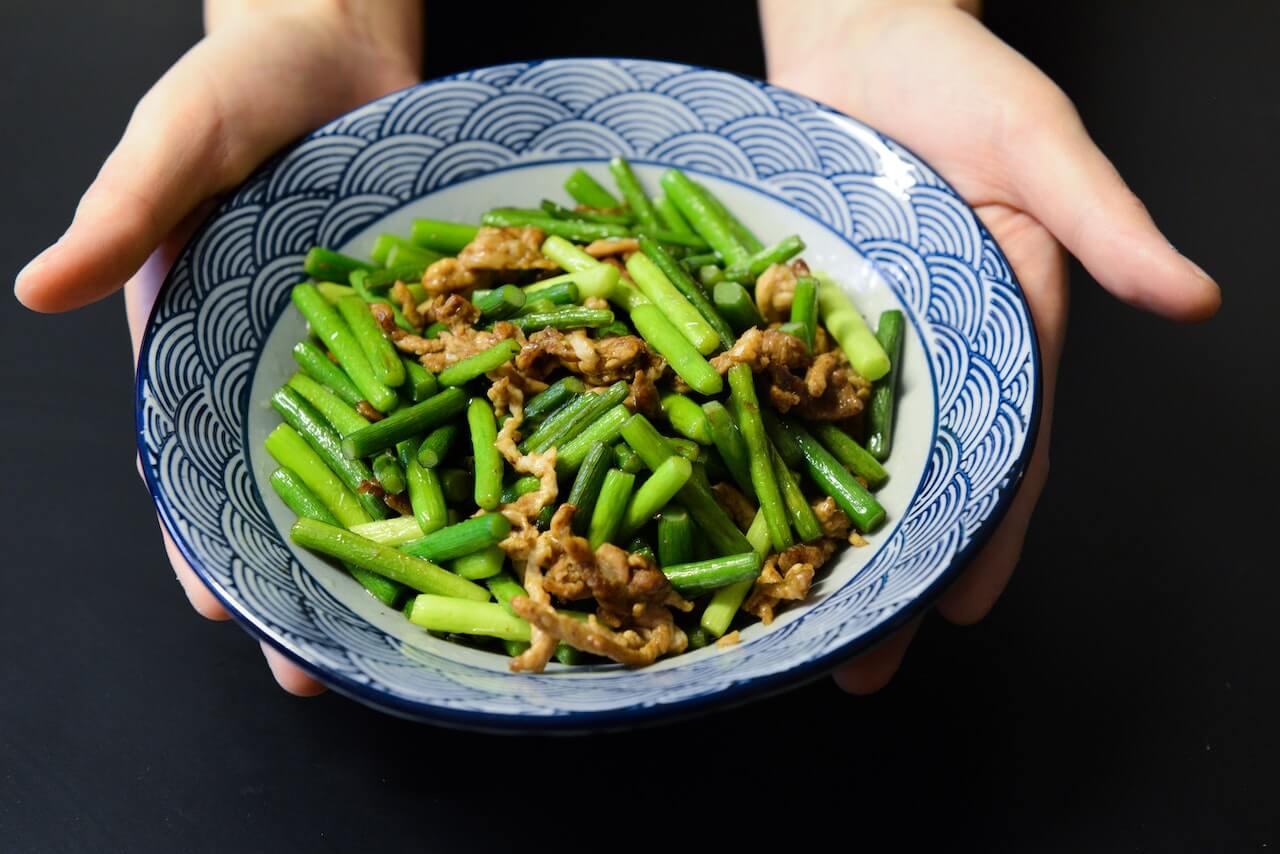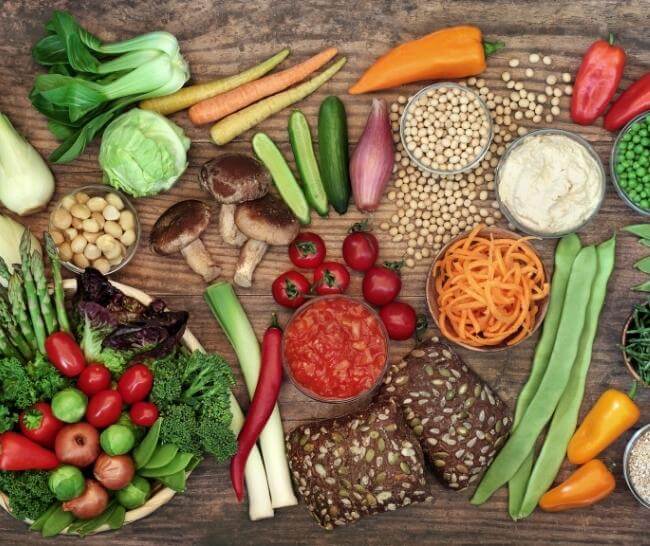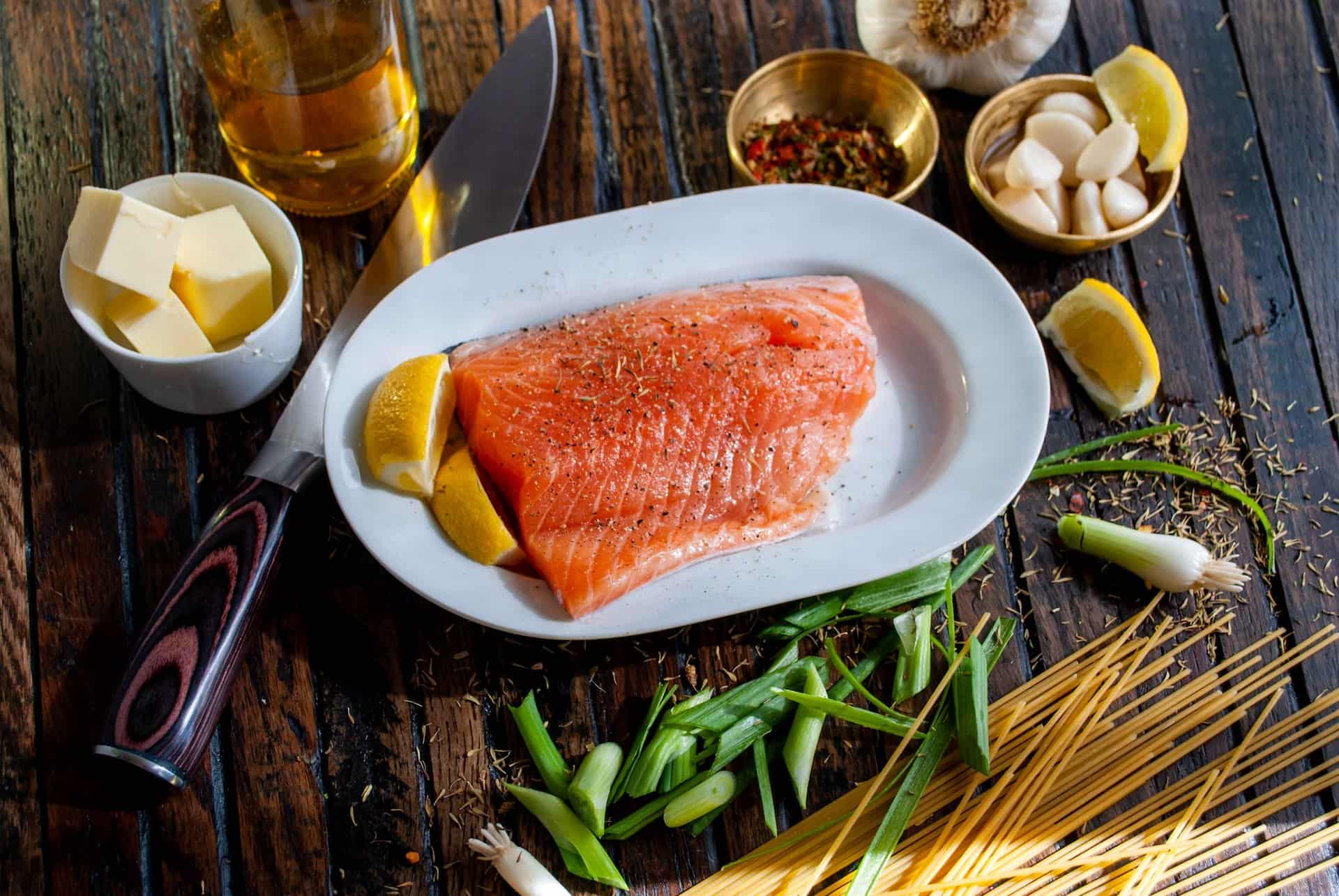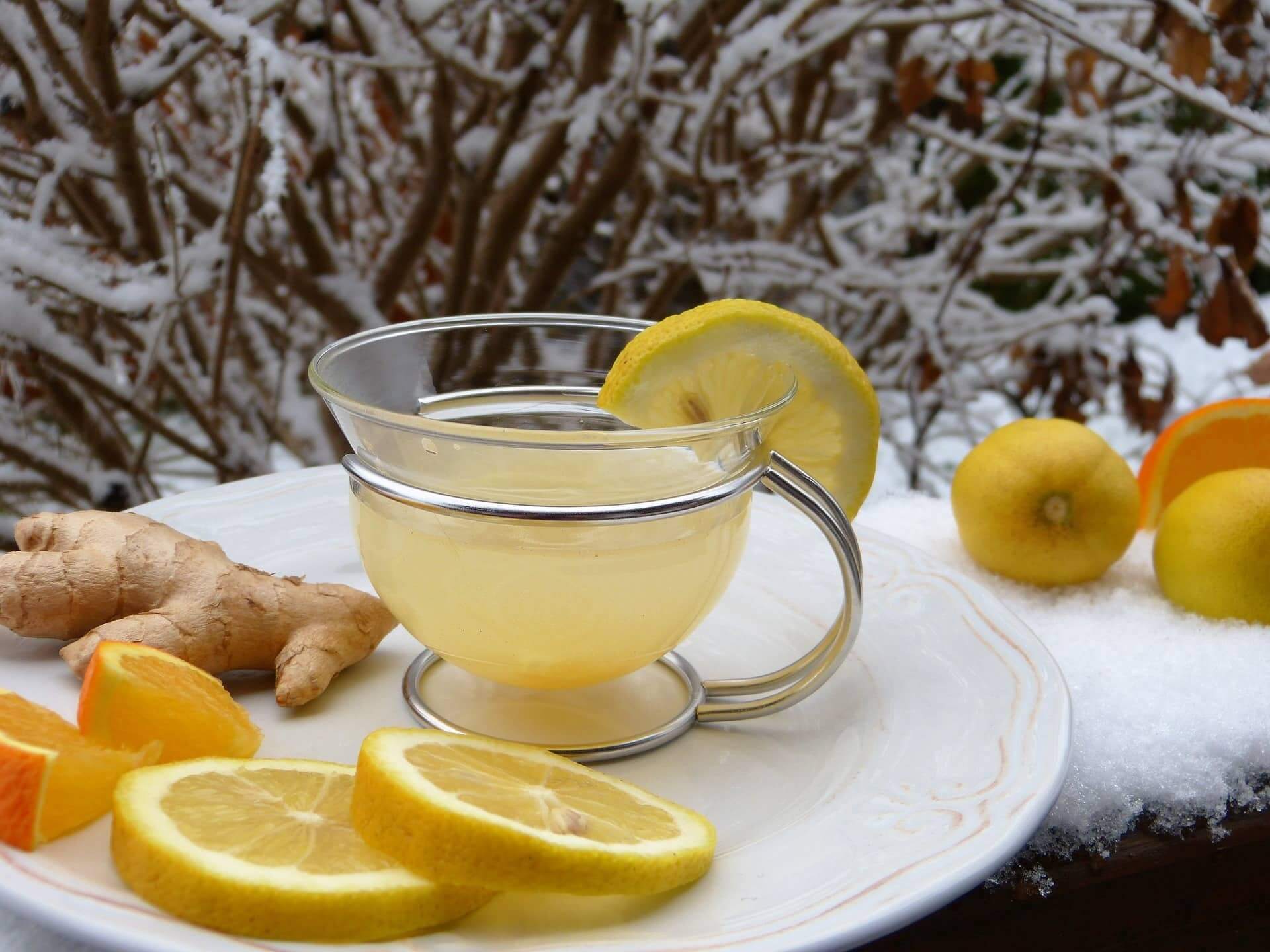Chinese cuisine may be among your favorite meal options because it brings back happy memories or is your top comfort food. Although you should enjoy the foods you love, some popular options might not be best for your wellness goals. This guide explains how to choose healthy Chinese food options, whether cooking a meal, sitting at a restaurant, or ordering takeout.
Is Chinese Food Healthy?
Any cultural cuisine can provide healthy food. Chinese restaurants and Asian supermarkets have many delicious ingredients to consider when you want to eat authentic cultural foods.
Traditional ingredients like salt, sugar, and oil are healthy in moderation. They all have dietary functions, like how salt makes muscle contraction easier for the body. When you eat too much at once, excess salt can trigger hypertension, but you have the last word over how much salt is in your diet.1
You can always choose different ingredients and preparation methods to make Chinese food or recipes healthier. Eating a mix of various food types and sticking with moderate serving sizes is the best way to eat a balanced diet with any cultural cuisine.
Traditional Chinese Food Ingredients
These are some of the most common ingredients in traditional Chinese dishes. Consider which you’d enjoy most in daily meals and snacks to add them to your diet.
{{mid-cta}}
Popular Veggies in Chinese Recipes
Vegetables are easy to integrate into any recipe. People who eat authentic Chinese cuisine often rely on these vegetables for their daily nutrient intake.
Bok Choy
You’ll find bok choy in most Chinese restaurants. People often add it to ramen soups to increase their vitamin and fiber intake without eating until they’re uncomfortably full.2 It also has some cancer-fighting properties in lab settings, which could make it a great dietary addition for people more predisposed to developing cancer.3
Chinese Broccoli
Healthy Chinese food menu items almost always include broccoli. The thick stems add sweet flavors and juicy greens to every bite. They also contain minerals and vitamins that support a person’s overall nutrition.
Chinese Water Spinach
The long, leafy Chinese water spinach often appears in stir-fry recipes. It shares the same nutritional benefits as Southern European spinach without the grassy bite.
Savoy Cabbage
Of all the veggies you’ll find in an Asian supermarket, savoy cabbages often appear in salads and stir-fry recipes because they hold their crunchy shape well when cooked.
Bamboo Shoots
Filler veggies like bamboo shoots provide a neutral flavor and fewer calories, making meals like stir-fry recipes more filling.
Lemongrass
Adding lemongrass to your meals might be a new experience, but the citrus flavor compliments seafood, beef, and poultry recipes.
Popular Proteins in Chinese Recipes
Chinese food can be healthy like any other cuisine. You just have to select your ingredients according to what’s best for your health. The below proteins can provide numerous nutritional benefits and ensure you have a balanced plate.
Tofu
Many Chinese menus have an entire section devoted to vegetarian options that often include tofu. Try to avoid dishes that contain fried tofu as fried foods tend to be high in trans fats.
Chicken
Chicken is a healthy protein base for numerous Chinese recipes, just like in other cultures. However, watch out for fried chicken dishes, such as General Tso’s chicken. Instead opt for steamed or stir fried chicken and pair this protein with vegetables for a filling meal.
Duck
Beijing roast duck and old duck soup are just a few culinary creations you can enjoy when adding more duck to your Chinese food dishes.
Beef
Whether you like flank steak or ground beef, you can find it in healthy Chinese food options with other ingredients like garlic sauce, green beans, and nutritious carbs.
Pork
Many people love dishes that include pork because it pairs perfectly with the endless flavors in recipes like snow peas with Chinese sausage or veggie spring rolls.
Seafood
Chinese dishes can be full of diverse seafood options, including oysters and eel. This may offer some diversity to your meals and allow you to try out a protein source you normally wouldn’t consume.
Popular Carbohydrates in Chinese Recipes
A healthy meal always includes a source of carbohydrates because they’re essential for creating glucose and maintaining your energy.
Rice
Short and long-grain white rice is useful in Chinese recipes, but brown rice is great too. It’s a healthier alternative and can be served with slow-cooked meats and vegetables like snow peas.
Pearl Barley
Many Chinese soup recipes contain pearl barley because it is easy to digest and only adds a mild flavor to the dish. Barley is a healthy carb full of nutrients that fight degenerative diseases like obesity and diabetes.4
Lo Mein Noodles
Comfort food recipes often include lo mein noodles. They’re higher in carbs but can complete a healthy meal when paired with veggies and healthy fats in moderate serving sizes.
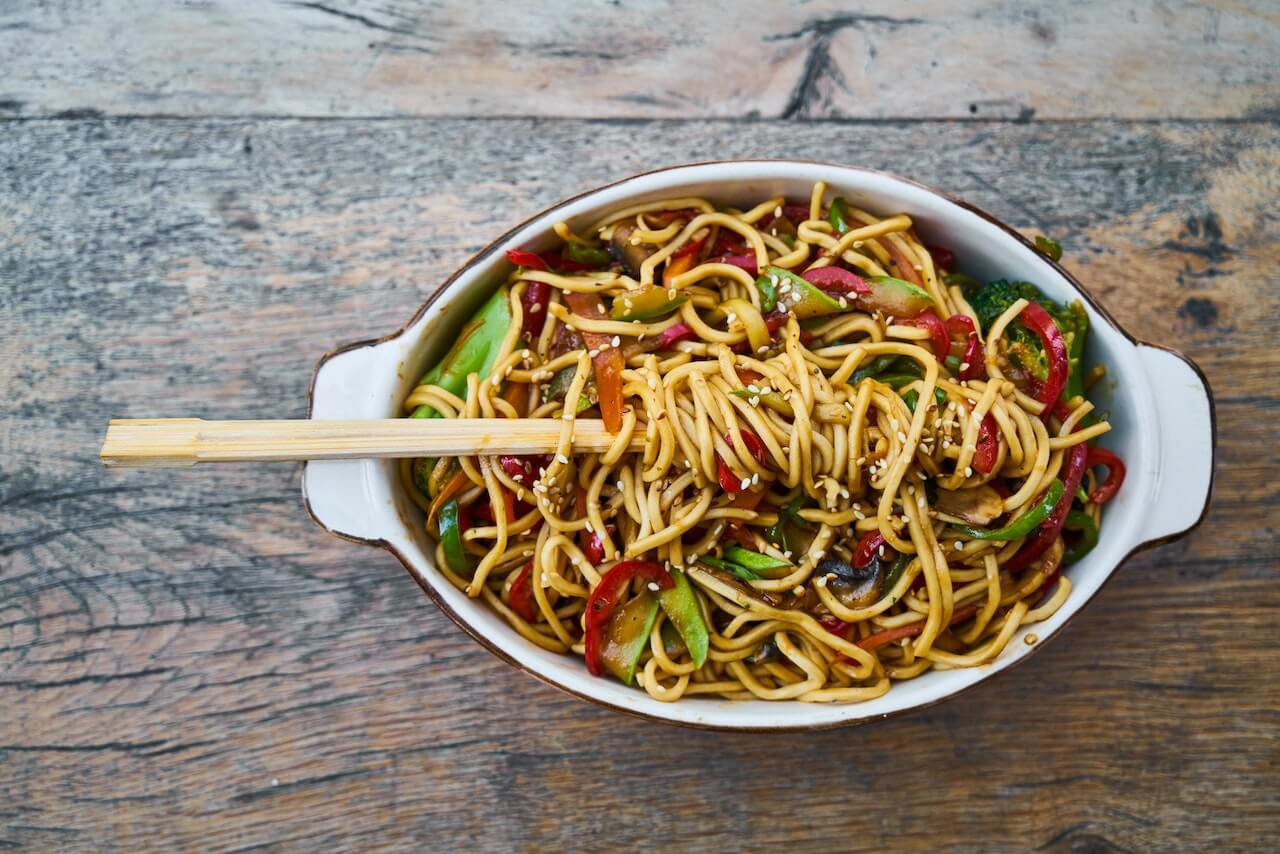
Rice Noodles
Instead of eating white rice, you can make Chinese foods with rice noodles to create a gluten-free alternative.
Glass Noodles
Have fun trying the transparent glass noodles that come from veggies and taste great with pesto, sauces, and any other foods you’d eat with a pasta conduit.
10 Healthy Chinese Food Options to Order
Use these foods as a guide to healthier, tasty dishes when you’re looking at a Chinese restaurant menu. You’ll get a wider variety of options while working toward your health goals.
Chinese Foods on a Restaurant Menu
You’ll find these options on most Chinese restaurant menus. See which ones are available at your local restaurants and choose the one that fits your preferences. When looking for a dish, aim for a meal that contains vegetables, lean protein, and healthy fats.
1. Steamed Fish or Seafood
Steamed seafood is one of the healthiest options you could choose from a Chinese restaurant menu. Most fish options are high in protein and omega-3 fatty acids. This protein often comes with ginger and scallions, which will add flavor to the dish without adding calories or sodium.
You can also order the fish with other sides, including vegetables, to create a balanced meal that will leave you satisfied. Ask for dipping sauces on the side to ensure you can control your portion sizes.
2. Steamed Buns
Restaurants make various versions of Chinese steamed buns, which can be ordered as an appetizer or side dish. Depending on your chosen dish, these buns could be filled with meat, which will add protein to your meal, or vegetables, which will add fiber.
3. Miso Soup
You’ve likely had miso soup as an appetizer at a Japanese restaurant, but it’s a main menu item at Chinese restaurants. Miso is loaded with probiotics and this soup also includes seaweed, which is full of iron, calcium, and vitamin K.
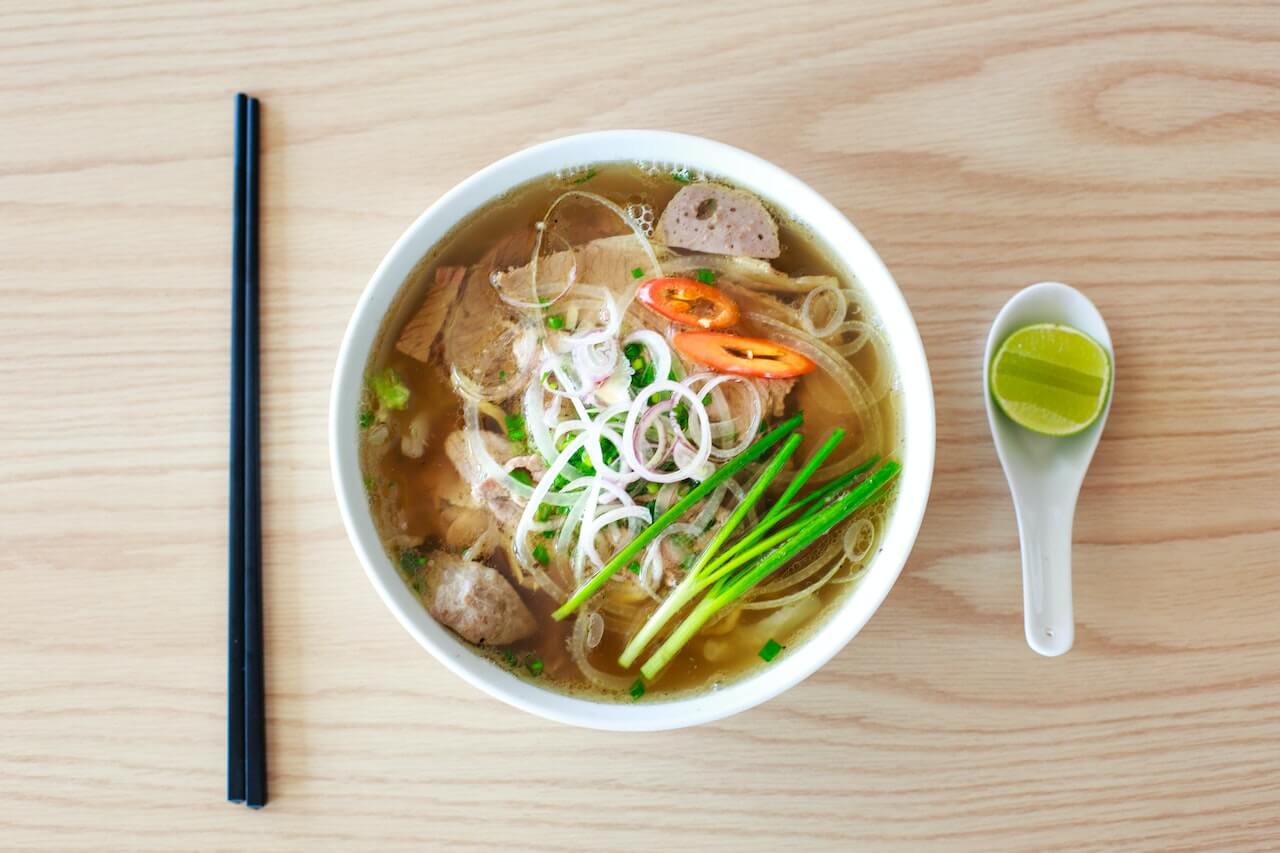
4. Rainbow Stir Fry
Vegetarians often order rainbow stir fry at Chinese restaurants because it is often made with lentils or tofu, which add protein to the dish. The beautiful dish also includes fiber-rich vegetables like purple cabbage, edamame, baby corn, and more.
5. Cucumber and Mushroom Salad
Order a cucumber and mushroom salad to experience the savory goodness of wood ear mushrooms chilled in a flavor-packed sauce with lime juice and sugar. Plus this dish contains fiber, which will help you feel satisfied before ordering an entree.
6. Chinese Steamed Scallops and Glass Noodles
Get the best salty and sweet flavors with steamed scallops and glass noodles. The caramelized garlic sauce makes every bite extra delectable while keeping the calorie count low. Adding scallops will also ensure this entree is more filling.
Chinese Foods for Takeout
Eat your favorite takeout at home by choosing these menu options that suit your dietary goals. They’ll give you the nutrients you need while giving you all the satisfaction of comfort foods.
7. Beef and Broccoli
One of the healthiest Chinese takeout options is beef and broccoli because of the balance it strikes between protein and fiber content. Not a fan of beef? Try this dish with chicken instead.
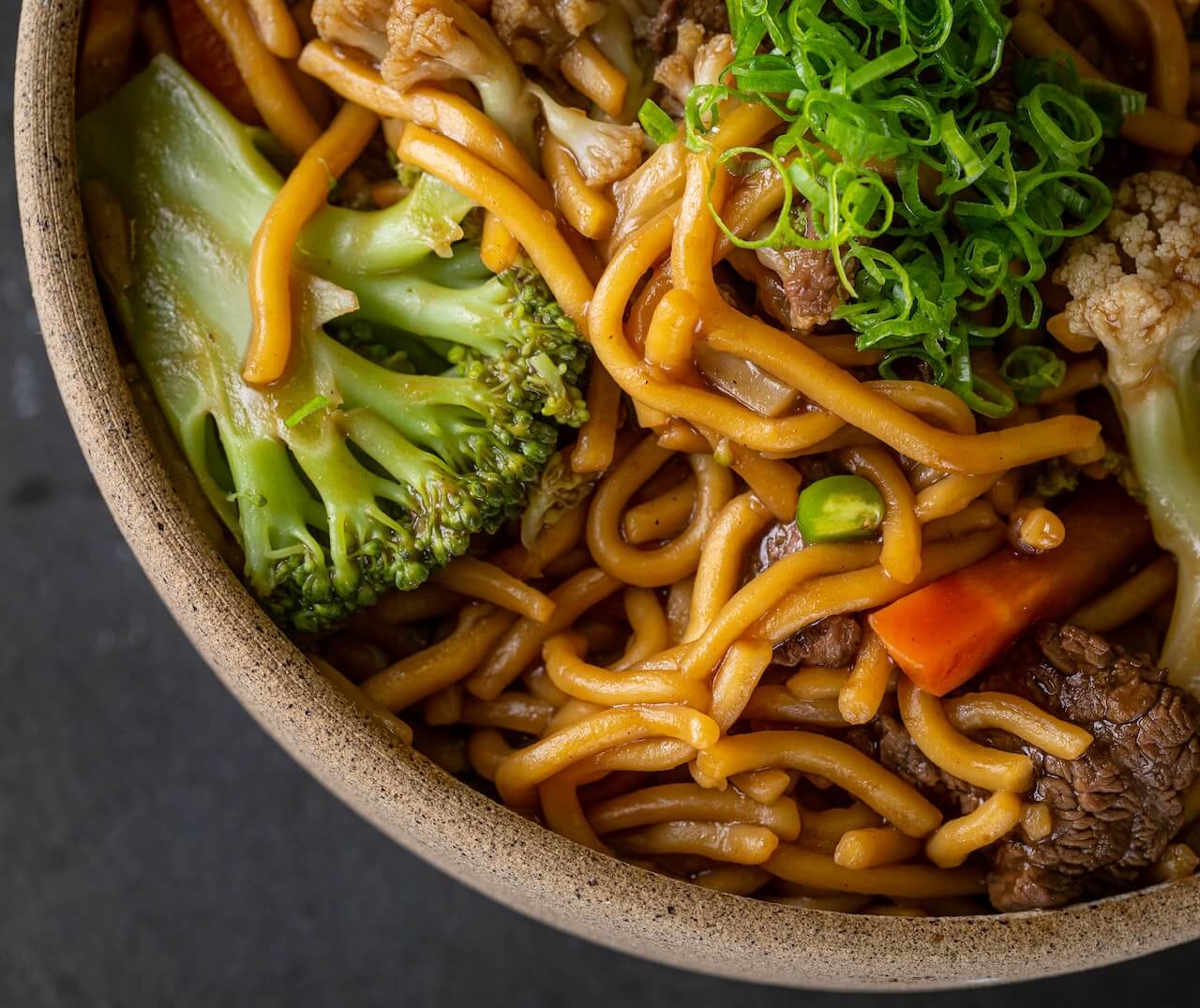
8. Steamed Dumplings
Similar to steamed buns, this dish allows you to indulge in the ultimate comfort food and is a healthier alternative to fried wontons or fried dumplings. Dumplings make a great appetizer and can be filled with protein or vegetables.
9. Kung Pao Chicken
Are you a fan of spice? Then Kung Pao chicken is the perfect dish for you! This dish is a great alternative to sweet and sour chicken, sesame chicken, or General Tso’s chicken, and comes with various vegetables. Kung Pao chicken often includes stir-fried peanuts, which contain bioactive compounds that fight cardiovascular disease.5
10. Moo Goo Gai Pan
Entrees that are packed with vegetables are always a great, balanced option. Moo Goo Gai Pan contains stir fried chicken (as opposed to fried) and various vegetables, such as mushrooms. This dish is also low in sugars and fats.
4 Healthier Chinese Food Recipes to Try at Home
Ready to explore the world of Chinese cuisine at home? Make a few of these recipes to see what you like. Chinese food is healthy as a standard diet when you know how to make what your body needs to thrive.
1. Beef and Broccoli Stir Fry
Buy a bunch of fresh broccoli and stir-fry beef strips while at the grocery store. You can combine sauce ingredients such as soy sauce, cornstarch, ginger, and garlic before marinating the meat for 10 minutes.
Cut the broccoli florets from the stems and cook them on low heat until soft. Cook the beef strips until they reach a temperature of 165 degrees Fahrenheit. Cook them with the florets and chopped carrots until all the vegetables are soft before serving them with your preferred sides.
Broccoli has a low glycemic index (GI) rating of 15, and beef has no GI rating, so it’s an excellent recipe for anyone looking for a meal that works with their low glycemic diet.6
This is the average nutritional profile for 1 1/4 cup of stir fry with 1/2 cup of pasta:7
- Calories: 205
- Carbs: 17 grams
- Fiber: 4 grams
- Sugars: 3 grams
- Fat: 6 grams
- Vitamin C: 60 mg
- Calcium: 93 mg
- Iron: 3 mg
2. Chicken Lettuce Wraps
Lettuce pieces are natural wraps with few carbs or calories. They’re the perfect healthy diet vehicle for low-calorie protein like chicken and other ingredients like vegetables, garlic sauce, and water chestnuts.
Chicken is another meat with no GI rating so it will have a minimal impact on your blood sugar. The effect will also depend on your chosen ingredients, as a store-bought garlic sauce or a sweet and sour sauce high in sugar will immediately impact your blood sugar.
Cook ground chicken until there’s no pink left, and toss it with minced bell peppers, vegetables, and water chestnuts. Spoon the mixture into lettuce leaves and top with a homemade sauce that includes soy sauce, sesame oil, chili sauce, and more. Wrap them like egg rolls to eat them easily, or fold them like a taco.
This is the average nutritional profile for a lettuce wrap with a 1/2 cup of chicken and vegetable mix:8
- Calories: 168
- Carbs: 8 grams
- Fiber: 2.6 grams
- Sugars: 2.9 grams
- Fat: 6.2 grams
- Potassium: 430.1 mg
3. Starch Noodles Stir Fry
Glass noodles are also called starch noodles. They’re a great base for a stir-fry meal, especially when combined with shredded cabbage and your preferred protein. Ensure your protein cooks thoroughly before tossing your chosen ingredients into a wok with soy sauce, garlic, ginger, and chili pepper.
This dish is ready in minutes and has a low GI rating. Glass or starch noodles have a GI rating of 35, which makes them a low-GI food.9 Meats and vegetables have no rating, so this is a safe meal for low-glycemic diets if you ensure your extra sauces don’t have too much sugar.
This is the average nutritional profile for starch noodles stir fry:10
- Calories: 236.1
- Carbs: 43 grams
- Fiber: 8.4 grams
- Sugars: 7.7 grams
- Fat: 4.2 grams
- Vitamin C: 83.1 mg
- Calcium: 114.7 mg
- Iron: 1.5 mg
4. Ginger-Sesame Steamed Vegetable Salad
Steamed veggies are almost always a good option for low-GI meals. They don’t impact blood sugar unless you top them with a sugar-dense sauce.
Select your favorite Chinese restaurant vegetables like broccoli, carrots, green beans, and spinach. They can be cooked in a steamer until soft and then tossed in a bowl with soy sauce, salt, peanuts, and ginger. It’s a nearly instant meal you can make when craving something sweet and crunchy.
This is the average nutritional profile for ginger-sesame steamed vegetable salad:11
- Calories: 387
- Carbs: 31 grams
- Fiber: 10.4 grams
- Sugars: 14.4 grams
- Fat: 16.6 grams
- Vitamin C: 18.6 mg
- Calcium: 129.5 mg
- Iron: 2.5 mg
Learn More About Healthy Nutrition with Signos’ Expert Advice
You can enjoy healthy Chinese food at home and in your favorite restaurants by learning about the basic ingredients in your preferred meals. Select dishes with low-GI ratings because they primarily use vegetables and meats. You’ll stick with your dietary goals to improve your health and well-being.
There are many other tips on Signos’ blog for anyone looking to learn how to create a well-balanced diet. Try taking our quick quiz if you’re unsure where to start. Connecting with the experts at Signos could make your health journey easier by pointing you to effective dietary solutions.
- Item 1
- Item 2
- item 3
Topics discussed in this article:
References
- Wu, J. (2021, January). Failure to Vasodilate in Response to Salt Loading Blunts Renal Blood Flow and Causes Salt-Sensitive Hypertension. Oxford University Press. https://academic.oup.com/cardiovascres/article/117/1/308/5840727
- Premio. (2021, May 24). Ways to Incorporate More Veggies Into Your Diet. https://www.premiofoods.com/ways-incorporate-more-veggies-into-diet/
- Panlaqui, P. M. F. (2022, July 15). In Vitro Comparative Analysis of the Cytotoxic Effects of Brassica Rapa & Solanum Tuberosum Extracts Coupled With Sonodynamic Therapy on Mcf-7 Breast Cancer Cell Lines. Animo Repository. https://animorepository.dlsu.edu.ph/etdb_physics/9/
- Farag, M. (2022). Nutritional Value of Barley Cereal and Better Opportunities for Its Processing as a Value-Added Food: A Comprehensive Review. Taylor & Francis Online. https://www.tandfonline.com/doi/full/10.1080/10408398.2020.1835817
- Çiftçi, S., & Suna, G. (2022, April 1). Functional Components of Peanuts (Arachis Hypogaea L.) And Health Benefits: A Review. ScienceDirect. https://www.sciencedirect.com/science/article/pii/S2666833522000284
- Broccoli: Glycemic Index. Glycemic Index Guide. (2021, February 8). https://glycemic-index.net/broccoli/
- EatingWell. (2020, April 2). Beef-Broccoli Stir-Fry Nutritional Profile. EatingWell. https://www.eatingwell.com/recipe/259435/beef-broccoli-stir-fry/
- Syndigo. (n.d.). Chicken Lettuce Wrap Nutritional Profile. Nutritionix. https://www.nutritionix.com/i/nutritionix/chicken-lettuce-wrap-1-wrap-1-leaf-with-0.5-cup-mixture/5626b6db33c0ca376ab93ee5
- Chinese Noodles: Glycemic Index. Glycemic Index Guide. (2021b, February 8). https://glycemic-index.net/chinese-noodles/
- Chinese Noodle Stir-Fry Nutrition Profile. Eat This Much. (n.d.). https://www.eatthismuch.com/food/nutrition/chinese-noodle-stir-fry,1293913/
- Asian Sesame Ginger Salad Nutrition Profile. Eat This Much. (n.d.-a). https://www.eatthismuch.com/food/nutrition/asian-sesame-ginger-salad,2443919/

